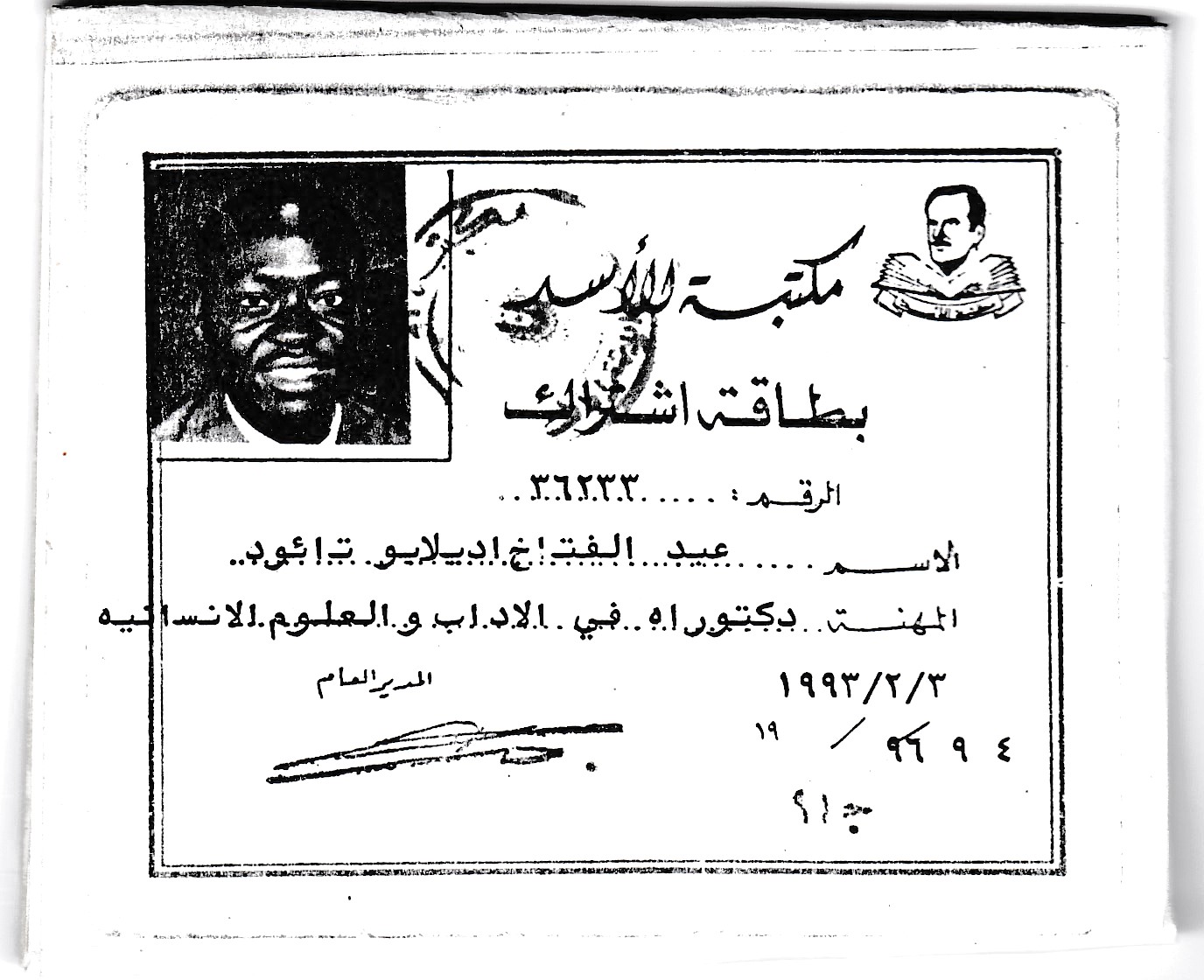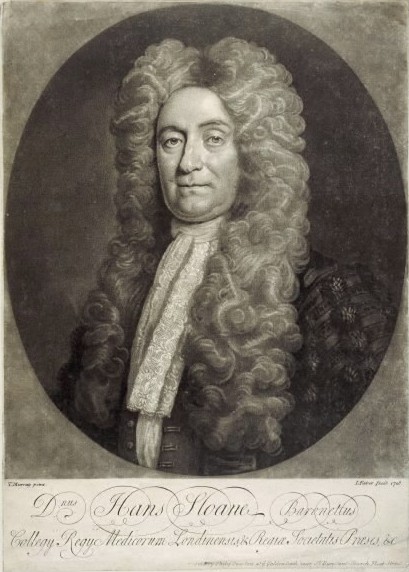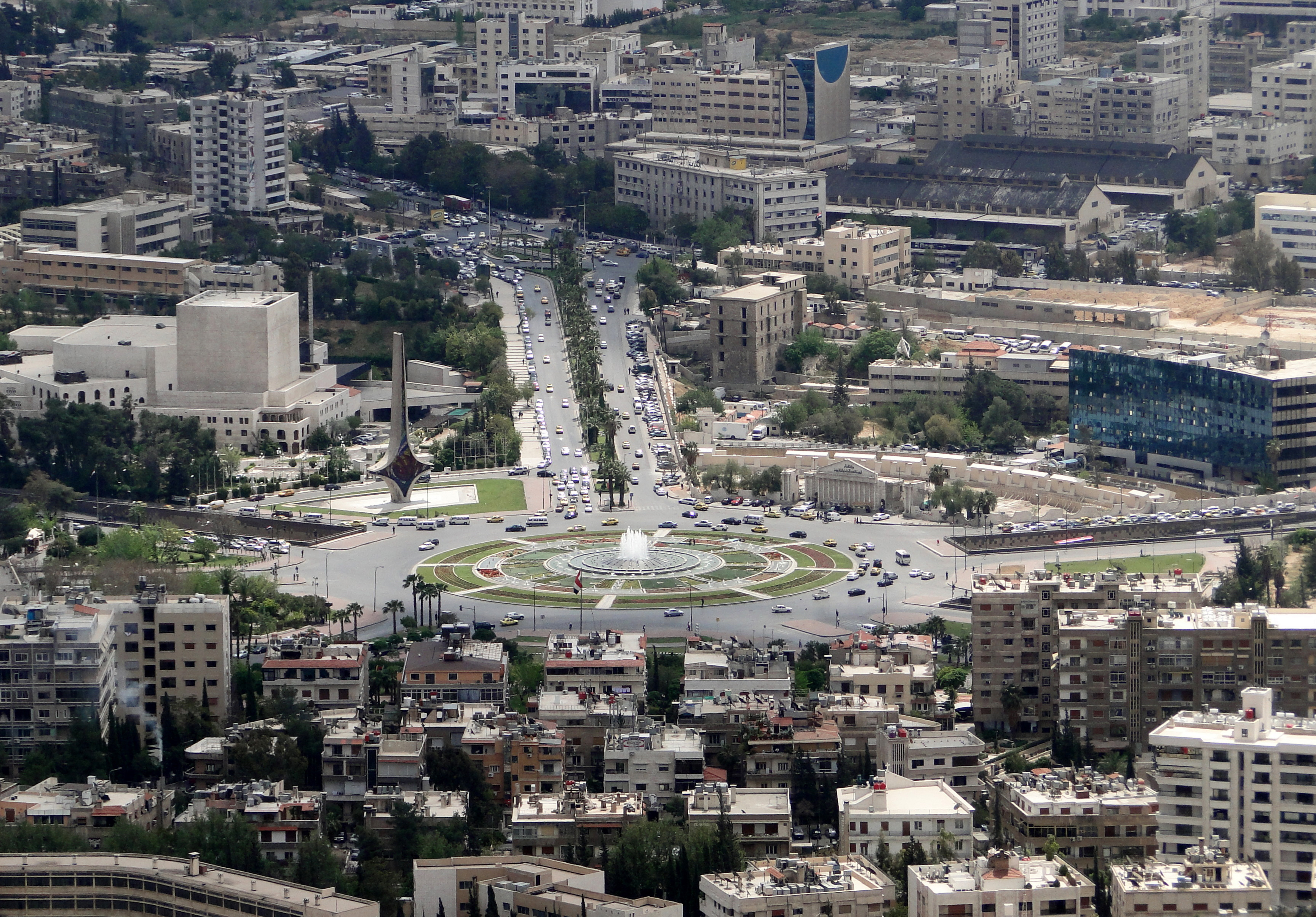|
Al-Assad National Library
Al-Assad National Library ( ar, مَكْتَبَةُ الْأَسَدِ الْوَطَنِيَّةِ, Maktabat al-ʾAsad al-Waṭanīyah) is the national library of Syria, located in the capital Damascus overlooking the Umayyad Square. It's named after Hafez al-Assad. In 1976, Syria's Ministry of Culture issued an official decision to build a national library. Construction began in 1978 and the library was completed in November 1983 and was opened the following year. The library's purpose was "to gather all books and daily issues in addition to all kinds of literature connected with our ancestral cultural legacy", then to sort out these materials to serve researchers and scholars and benefit them. It is the legal deposit and copyright for Syria. The Libraries and Documents Association of Syria has its headquarters at the Assad National Library. Departments The library has several departments which include a lecture hall and a special department for blind people. The librar ... [...More Info...] [...Related Items...] OR: [Wikipedia] [Google] [Baidu] |
Syria
Syria ( ar, سُورِيَا or سُورِيَة, translit=Sūriyā), officially the Syrian Arab Republic ( ar, الجمهورية العربية السورية, al-Jumhūrīyah al-ʻArabīyah as-Sūrīyah), is a Western Asian country located in the Eastern Mediterranean and the Levant. It is a unitary republic that consists of 14 governorates (subdivisions), and is bordered by the Mediterranean Sea to the west, Turkey to the north, Iraq to the east and southeast, Jordan to the south, and Israel and Lebanon to the southwest. Cyprus lies to the west across the Mediterranean Sea. A country of fertile plains, high mountains, and deserts, Syria is home to diverse ethnic and religious groups, including the majority Syrian Arabs, Kurds, Turkmens, Assyrians, Armenians, Circassians, Albanians, and Greeks. Religious groups include Muslims, Christians, Alawites, Druze, and Yazidis. The capital and largest city of Syria is Damascus. Arabs are the largest ethnic group, ... [...More Info...] [...Related Items...] OR: [Wikipedia] [Google] [Baidu] |
Blind People
Visual impairment, also known as vision impairment, is a medical definition primarily measured based on an individual's better eye visual acuity; in the absence of treatment such as correctable eyewear, assistive devices, and medical treatment– visual impairment may cause the individual difficulties with normal daily tasks including reading and walking. Low vision is a functional definition of visual impairment that is chronic, uncorrectable with treatment or correctable lenses, and impacts daily living. As such low vision can be used as a disability metric and varies based on an individual's experience, environmental demands, accommodations, and access to services. The American Academy of Ophthalmology defines visual impairment as the best-corrected visual acuity of less than 20/40 in the better eye, and the World Health Organization defines it as a presenting acuity of less than 6/12 in the better eye. The term blindness is used for complete or nearly complete vision loss. In ... [...More Info...] [...Related Items...] OR: [Wikipedia] [Google] [Baidu] |
Buildings And Structures In Damascus
A building, or edifice, is an enclosed structure with a roof and walls standing more or less permanently in one place, such as a house or factory (although there's also portable buildings). Buildings come in a variety of sizes, shapes, and functions, and have been adapted throughout history for a wide number of factors, from building materials available, to weather conditions, land prices, ground conditions, specific uses, prestige, and aesthetic reasons. To better understand the term ''building'' compare the list of nonbuilding structures. Buildings serve several societal needs – primarily as shelter from weather, security, living space, privacy, to store belongings, and to comfortably live and work. A building as a shelter represents a physical division of the human habitat (a place of comfort and safety) and the ''outside'' (a place that at times may be harsh and harmful). Ever since the first cave paintings, buildings have also become objects or canvasses of much artist ... [...More Info...] [...Related Items...] OR: [Wikipedia] [Google] [Baidu] |
Education In Damascus
Education is a purposeful activity directed at achieving certain aims, such as transmitting knowledge or fostering skills and character traits. These aims may include the development of understanding, rationality, kindness, and honesty. Various researchers emphasize the role of critical thinking in order to distinguish education from indoctrination. Some theorists require that education results in an improvement of the student while others prefer a value-neutral definition of the term. In a slightly different sense, education may also refer, not to the process, but to the product of this process: the mental states and dispositions possessed by educated people. Education originated as the transmission of cultural heritage from one generation to the next. Today, educational goals increasingly encompass new ideas such as the liberation of learners, skills needed for modern society, empathy, and complex vocational skills. Types of education are commonly divided into formal, ... [...More Info...] [...Related Items...] OR: [Wikipedia] [Google] [Baidu] |
National Libraries
A national library is a library established by a government as a country's preeminent repository of information. Unlike public libraries, these rarely allow citizens to borrow books. Often, they include numerous rare, valuable, or significant works. A national library is that library which has the duty of collecting and preserving the literature of the nation within and outside the country. Thus, national libraries are those libraries whose community is the nation at large. Examples include the British Library, and the Bibliothèque nationale de France in Paris.Line, Maurice B.; Line, J. (2011). "Concluding notes". ''National libraries'', Aslib, pp. 317–318Lor, P. J.; Sonnekus, E. A. S. (2010)"Guidelines for Legislation for National Library Services", IFLA. Retrieved on 10 January 2010. There are wider definitions of a national library, putting less emphasis to the repository character. National libraries are usually notable for their size, compared to that of other librarie ... [...More Info...] [...Related Items...] OR: [Wikipedia] [Google] [Baidu] |
Libraries In Syria
A library is a collection of materials, books or media that are accessible for use and not just for display purposes. A library provides physical (hard copies) or digital access (soft copies) materials, and may be a physical location or a virtual space, or both. A library's collection can include printed materials and other physical resources in many formats such as DVD, CD and cassette as well as access to information, music or other content held on bibliographic databases. A library, which may vary widely in size, may be organized for use and maintained by a public body such as a government; an institution such as a school or museum; a corporation; or a private individual. In addition to providing materials, libraries also provide the services of librarians who are trained and experts at finding, selecting, circulating and organizing information and at interpreting information needs, navigating and analyzing very large amounts of information with a variety of resources. Li ... [...More Info...] [...Related Items...] OR: [Wikipedia] [Google] [Baidu] |
Braille
Braille (Pronounced: ) is a tactile writing system used by people who are visually impaired, including people who are blind, deafblind or who have low vision. It can be read either on embossed paper or by using refreshable braille displays that connect to computers and smartphone devices. Braille can be written using a slate and stylus, a braille writer, an electronic braille notetaker or with the use of a computer connected to a braille embosser. Braille is named after its creator, Louis Braille, a Frenchman who lost his sight as a result of a childhood accident. In 1824, at the age of fifteen, he developed the braille code based on the French alphabet as an improvement on night writing. He published his system, which subsequently included musical notation, in 1829. The second revision, published in 1837, was the first binary form of writing developed in the modern era. Braille characters are formed using a combination of six raised dots arranged in a 3 × 2 m ... [...More Info...] [...Related Items...] OR: [Wikipedia] [Google] [Baidu] |
Umayyad Square
Umayyad Square ( ar, ساحة الأمويين / ALA-LC: ''sāḥat al-Umawiyīn'') is a large and important square in Damascus, Syria. It connects the city center with several important highways and areas and contains various important buildings including but not limited to the Ministry of Defense, Syria's national Opera house and the headquarters of the Syrian Armed Forces. The Damascene Sword monument, widely considered as the symbol of the city, stands in the square, and is considered a symbol and reminder "of the victories, strength and achievements of the Syrian people". The name of the square is a reference to the Umayyads who took Damascus as the capital of their caliphate in the 7th century. On 20 June 2011 a massive pro- President al-Assad rally was held in the square as well as in Homs, Aleppo, Sweida, Latakia, Deraa, Hasaka, Tartous as well other locations during the Syrian civil war. Prior to the opening of the new 1.2 million sqm fairground to house the Damascu ... [...More Info...] [...Related Items...] OR: [Wikipedia] [Google] [Baidu] |
Ministry Of Culture (Syria)
The Ministry of Culture ( ar, وزارة الثقافة) is a government ministry office of the Syrian Arab Republic, responsible for cultural affairs in Syria. History The ministry was created during the union with Egypt in the name of the Ministry of Culture and National Guidance, and it was officially renamed the Ministry of Culture in 2014 according to Law 31. The ministry was headed by Dr. Lubanah Mshaweh since August 30, 2020. Names of the Ministry *Ministry of National Guidance (1958) *Ministry of Culture and National Guidance (1958–1961) *Ministry of National Guidance (1961) *Ministry of Culture and National Guidance (1961–1966) *Ministry of Culture, National Guidance and Tourism (1966–1972) *Ministry of Culture and National Guidance (1972–1980) *Ministry of Culture (1980–) Organisation Organisation scheme: * Directorate of the Minister's Office * Office of the Assistant Minister * Counsellors' office * Press office * Complaints office * Financial management * ... [...More Info...] [...Related Items...] OR: [Wikipedia] [Google] [Baidu] |
Hafez Al-Assad
Hafez al-Assad ', , (, 6 October 1930 – 10 June 2000) was a Syrian statesman and military officer who served as President of Syria from taking power in 1971 until his death in 2000. He was also Prime Minister of Syria from 1970 to 1971, as well as regional secretary of the regional command of the Syrian regional branch of the Arab Socialist Ba'ath Party and secretary general of the National Command of the Ba'ath Party from 1970 to 2000. Assad participated in the 1963 Syrian coup d'état which brought the Syrian regional branch of the Arab Socialist Ba'ath Party to power, and the new leadership appointed him commander of the Syrian Air Force. In February 1966, Assad participated in a second coup, which toppled the traditional leaders of the Ba'ath Party. Assad was appointed defence minister by the new government. Four years later, Assad initiated a third coup which ousted the ''de facto'' leader Salah Jadid and appointed himself as leader of Syria. Assad impos ... [...More Info...] [...Related Items...] OR: [Wikipedia] [Google] [Baidu] |






